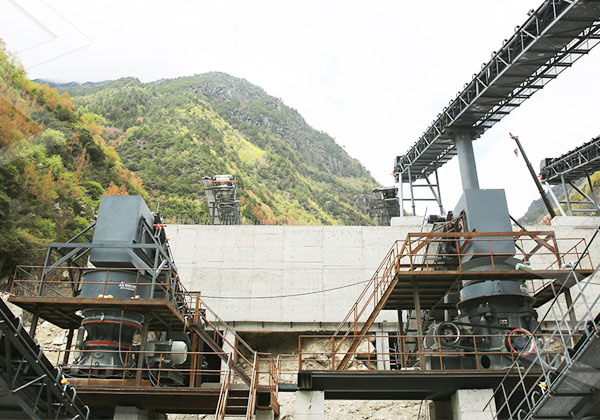Secondary size of iron ore crusher
The secondary size of an iron ore crusher refers to the size of the material that the crusher processes after the primary crushing stage. Typically, this involves breaking down larger chunks of iron ore into smaller, more manageable sizes, ensuring that the material is suitable for further processing in the plant, such as in grinding mills or pelletizing processes. The secondary crusher’s role is crucial as it ensures the final product meets the desired size specifications required for efficient further treatment.
Secondary crushers in iron ore processing plants generally work on materials that are already reduced to a certain size by the primary crusher. The material entering the secondary crusher is usually still too large to be directly processed by other equipment, so the secondary crusher further reduces it. Depending on the required output, the secondary crusher could be a cone crusher, impact crusher, or even a gyratory crusher, depending on the ore characteristics and plant design.

The size of the material after secondary crushing is often referred to as the “secondary product size.” For iron ore, this secondary size can range from 10 to 50 millimeters, although finer sizes may be required depending on the downstream processes, such as grinding or separation. Achieving the right secondary size is vital, as oversized ore can cause inefficiencies and wear on equipment, while undersized material can affect the subsequent processes like beneficiation.
Effective secondary crushing also involves optimizing factors such as throughput, efficiency, and energy consumption. When dealing with iron ore, it is crucial to balance these elements to ensure that the plant operates efficiently. Adjusting the crusher settings and feed rates, as well as selecting appropriate crushers with the right performance features, is necessary for achieving the target secondary size without compromising the quality of the processed ore.
In conclusion, the secondary size of an iron ore crusher plays a critical role in the overall efficiency of the mining and processing operation. By reducing large chunks of ore to the appropriate size, secondary crushers help ensure that subsequent processes like grinding, separation, and pelletization proceed efficiently, maximizing yield and minimizing waste. The choice of crusher and optimization of operating conditions are key factors in achieving the ideal secondary size and improving plant performance.
